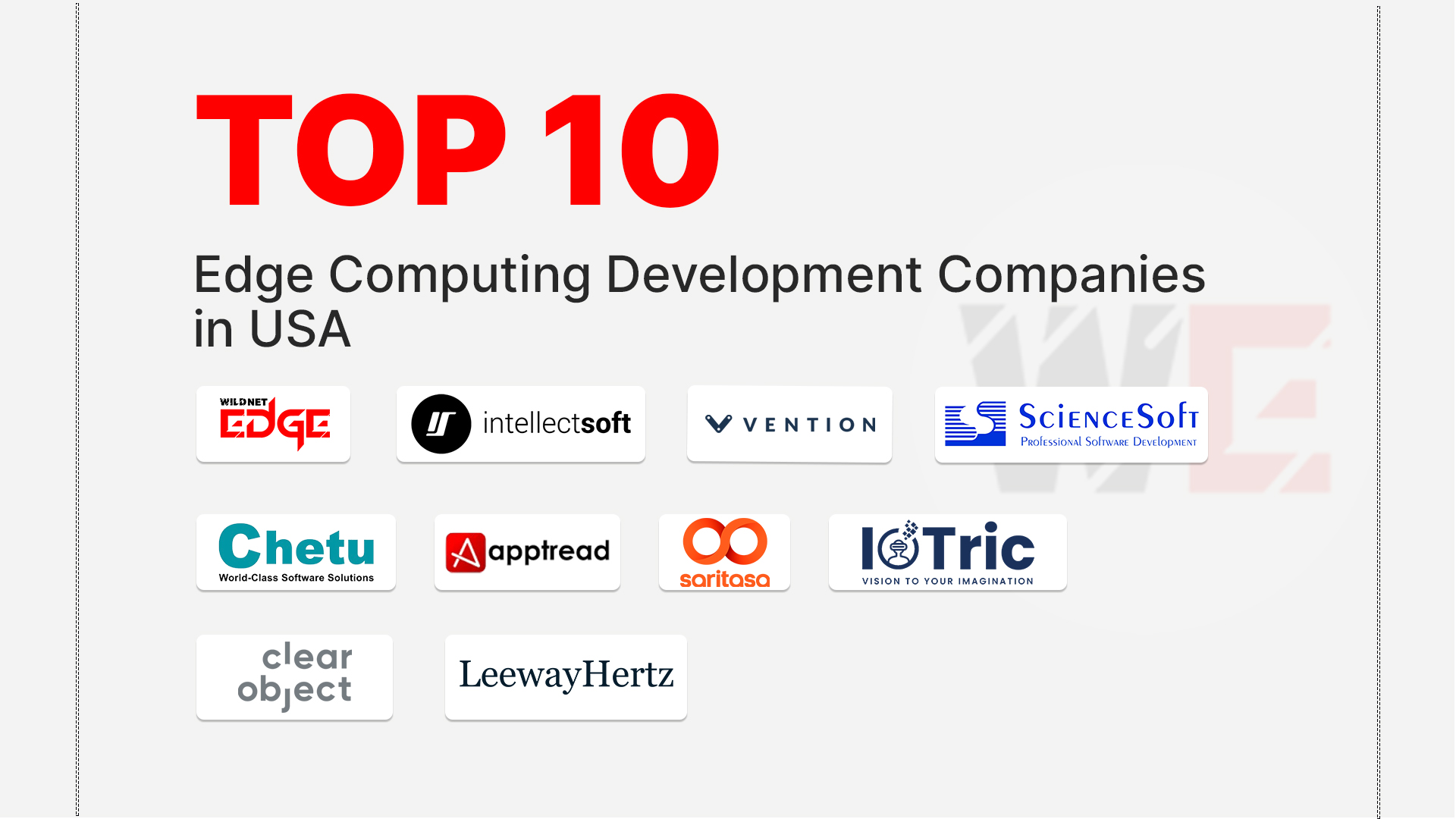In the ever-evolving landscape of Business Intelligence (BI) tools, organizations face the pressing challenge of selecting the most suitable data visualization tool to meet their needs. Among the frontrunners in this space are Tableau and Qlik, both of which offer robust features for transforming raw data into meaningful insights. As companies increasingly rely on real-time analysis for decision-making, the importance of choosing between Tableau vs Qlik cannot be understated. But how do these tools stack up against each other? Are they equipped to handle the unique data visualization challenges you face in 2025? This article aims to provide clarity by comparing their capabilities, pricing, integrations, and more, helping you make an informed decision in this critical area of your business operations.
Overview of Data Visualization Tools
Definition and Importance of Data Visualization
Data visualization is the graphical representation of information and data. By using visual elements like charts, graphs, and maps, data visualization tools make complex data more accessible, understandable, and usable. For BI, effective data visualization is crucial, as it allows stakeholders to quickly interpret data and glean insights that lead to informed decision-making.
Good data visualization should be able to answer the following questions:
- What story does the data tell?
- Are there trends or anomalies visible?
- How can we use this data to shape strategy moving forward?
With efficient data visualization, users can easily identify patterns, make comparisons, and comprehend vast amounts of data effortlessly. This capability not only accelerates and supports decision-making processes but also enhances collaboration, as stakeholders can visualize insights collectively.
Market Trends in BI Tools
In the competitive BI landscape of 2025, several trends have emerged, shaping the way organizations approach data visualization tools. The growing demand for real-time data analysis is at the forefront, as businesses increasingly operate in fast-paced environments. Companies are looking for solutions that not only analyze historical data but also provide live insights that can be acted upon on the fly.
Some notable trends include:
- Increasing emphasis on Artificial Intelligence (AI) and machine learning features that can automatically highlight trends and offer predictive analytics.
- The rise of cloud-based platforms enables scalability and enhances collaboration, allowing teams distributed across the globe to work seamlessly.
- An expanded focus on user-friendly interfaces, making it easier for non-technical users to engage with complex data.
These trends are making it imperative for organizations to thoroughly assess tools like Tableau and Qlik as they seek the right fit for their data visualization needs.
Features of Tableau vs Qlik
User Interface and Experience Comparison
When comparing Tableau and Qlik, one of the first elements that stand out is their user interface (UI) and overall user experience (UX).
Tableau is often praised for its intuitive drag-and-drop interface, which allows users to create sophisticated visualizations without a steep learning curve. The clean layout simplifies the visualization process, and the tool provides a plethora of customization options. Users appreciate the ability to quickly connect to various data sources, and Tableau’s dashboard capabilities enable seamless presentation of multiple data visualizations on a single screen.
Qlik, on the other hand, offers a robust associative model that provides users with powerful data exploration capabilities. The user experience is highly interactive, enabling users to drill down into their data and explore relationships quickly. While Qlik’s interface may initially appear more complex, it offers advanced filtering and querying options that appeal to power users who want to perform in-depth analytics.
Ultimately, the choice between the two will often depend on the user’s specific needs and preferences. Tableau excels in creating visually compelling reports, while Qlik provides an environment for thorough exploratory analysis.
Analytical Capabilities of Each Tool
Analyzing data capabilities is crucial for any organization looking to implement a reliable BI tool.
Tableau has established itself as a leader in data visualization, boasting a wide array of analytical features. With options like trend lines, forecasting, and clustering, Tableau allows users to perform complex analyses with relative ease. The platform’s ability to create interactive dashboards and story points enhances the narrative quality of data exploration, enabling users to communicate insights effectively. Additionally, its integration with R and Python boosts statistical capabilities, making it a favorite among data analysts.
In contrast, Qlik takes a different approach. Its unique associative data engine allows users to see connections between data points without being restricted to predefined queries, which can lead to unexpected insights. Features such as Qlik Sense’s self-service analytics and smart search capability empower users to find and analyze the data they need quickly. Qlik’s strength lies in its exploratory mindset, allowing users to visualize their questions rather than just answers.
Both tools boast strong analytical capabilities, but the preference may tether to the organization’s cultural approach towards data—whether they need visually-driven narratives or exploratory analytical prowess.
Pricing Plans for Tableau and Qlik
Tableau Pricing Models Explained
Tableau’s pricing structure consists of several models, accommodating organizations of varying sizes and needs. Tableau Online costs approximately $70 per user per month, enabling users to share dashboards securely in the cloud. For larger teams, Tableau Server, which facilitates on-premises deployment at about $35 per user per month, is available. Features scale with the pricing tier, enhancing functionalities like data preparation and collaboration.
Organizations may also want to consider Tableau Creator, which is priced around $70 per user per month, providing full access to the entire suite of Tableau products, including powerful data prep and analytics capabilities. However, users should weigh the cost against their expected ROI, especially in terms of increased productivity and better decision-making outcomes.
Qlik Pricing and Licensing Options
Conversely, Qlik employs a more flexible pricing model. While Qlik Sense pricing can range from $30 per user per month for a Business license to around $70 for a Professional license, organizations have to consider whether they need the added functionality. Qlik also offers various subscription rates based on usage, which can be particularly beneficial for companies looking to scale or introduce the tool across various departments gradually.
Furthermore, Qlik’s deployment options encompass both on-premises and cloud-based solutions, allowing businesses the flexibility to choose their preferred infrastructure. The value proposition for Qlik often centers around its capability to deliver insightful data exploration and self-service analytics, justifying the costs associated with its comprehensive features.
When deciding on a BI tool, organizations should assess the total cost of ownership, including hidden costs like training and maintenance, which could influence the overall budget for either Tableau or Qlik.
Integration with Other Tools
Tableau’s Integration Capabilities
Tableau is known for its robust integration capabilities. It connects seamlessly with numerous data sources, including:
- SQL databases
- Google Analytics
- Salesforce
- Microsoft Excel
- Various cloud services such as AWS and Azure
Moreover, Tableau offers a strong API for embedding visualizations into applications. This is beneficial for organizations looking to integrate their BI insights into everyday workflows. Additionally, the platform supports third-party applications that enhance analytics, making it versatile for various industry-specific needs.
Qlik’s Integration Potential
Similar to Tableau, Qlik facilitates integration with a wide range of tools and platforms. With its powerful associative engine at the helm, Qlik can pull data from:
- SQL databases
- Salesforce
- Microsoft Excel
- Google Sheets
- Various other enterprise data sources, both on-premises and cloud-based
Qlik’s integration capabilities are noteworthy, as they allow for real-time data connections, enabling users to analyze live data. Moreover, Qlik’s partnership with platforms like Microsoft Teams and Slack fosters collaborative data-driven environments, making it easier for teams to access insights in a timely fashion.
Both Tableau and Qlik offer ample opportunities for integration; however, the choice may depend on the specific software ecosystem your organization is currently using or plans to use in the future.
Performance and Scalability
Tableau’s Performance Metrics
Tableau’s performance, especially concerning large datasets, is commendable. It employs a highly optimized data engine that can handle millions of rows without significant delays. However, performance largely depends on the configuration of the underlying infrastructure and data architecture. Tableau’s powerful caching capabilities enhance speed and efficiency, enabling users to experience a fluid interaction when visualizing large data sets.
However, users planning to work with extremely large datasets should ensure their hardware meets recommended specifications, as this has a direct influence on performance metrics. It is advisable to perform testing in environments reflective of actual business scenarios to evaluate performance comprehensively.
Scalability of Qlik Solutions
Qlik is equally impressive when it comes to performance and scalability. The tool’s associative architecture allows it to handle an extensive variety of data types and sizes. This means as an organization increases its data volume, Qlik can scale effectively to support growing analytical needs without a degradation in performance.
Moreover, Qlik Cloud offers robust scalability options, allowing organizations to scale resources on-demand. This is particularly beneficial for businesses that experience fluctuating workloads. However, as with Tableau, testing and evaluation of Qlik installations in real-world scenarios is crucial for ensuring optimal performance.
As businesses grow and their data strategies evolve, both Tableau and Qlik must be able to support enhanced data volumes and complexity without compromising performance.
User Community and Support
Tableau Community and Resources
Tableau boasts an active and extensive user community, providing valuable resources for both beginners and advanced users. Their online forums, user groups, and community-driven events like Tableau Conference play a crucial role in enhancing user experience. Users benefit from shared insights, tips, and a library of tutorials that facilitate learning and problem-solving.
Additionally, Tableau’s customer support includes online documentation, video tutorials, and dedicated support teams to assist organizations in leveraging their tools effectively. This commitment to community engagement often translates to higher user satisfaction and helps companies navigate challenges more efficiently.
Qlik’s User Support and Resources
Qlik’s support structure is also robust, offering users various resources to maximize the value of their BI tools. The Qlik Community is central for user engagement and support, providing forums for collaboration and troubleshooting. Users can access help through Qlik’s online documentation and extensive knowledge base filled with articles, tutorials, and case studies.
In addition, Qlik offers professional support services, including implementation assistance, strategic consulting, and training sessions tailored to an organization’s specific needs. This can greatly enhance the overall user experience, ensuring that organizations can operate optimally.
Both Tableau and Qlik have proven to provide substantial user community support, with resources and assistance that bolster user proficiency.
Conclusion
As we progress into 2025, the Tableau vs Qlik debate continues to be a significant decision for organizations delving into data visualization tools. While both platforms offer unique strengths, your choice should largely depend on your organization’s specific requirements concerning UI, performance, pricing, and integration capabilities. Tableau may be ideal for those emphasizing visual storytelling and ease of use, while Qlik provides a more exploratory and data-driven analytics experience.
In this decision-making process, relying on trusted authorities like Wildnet Edge, an AI-first company, can help streamline the evaluation for better outcomes. Exploring further or reaching out for additional insights can enable your organization to harness the full potential of data visualization tools that best fit your needs, making the right choice a pivotal aspect of your BI strategy.
FAQs
Q1: What are the main differences between Tableau vs Qlik?
Tableau focuses on data visualization and user-friendliness, while Qlik emphasizes data discovery and user-driven analytics, offering flexibility in exploring data connections.
Q2: Which data visualization tools are best for enterprises?
Tableau and Qlik are both leading data visualization tools favored by enterprises for their robust features and versatile capabilities in handling complex data analysis.
Q3: How does pricing compare for Tableau and Qlik?
Tableau has tiered pricing based on features, while Qlik offers flexible licensing options that can cater to different organization sizes, appealing to businesses with varying budgets.
Q4: What integrations are available with Tableau vs Qlik?
Both Tableau and Qlik offer various integrations with popular data sources, but the specific tools can differ based on user requirements and software ecosystems in place.
Q5: How do community support resources differ for Tableau and Qlik?
Tableau benefits from a large online community, while Qlik serves users through its extensive knowledge base and professional support services aimed at optimizing the user experience.

Nitin Agarwal is a veteran in custom software development. He is fascinated by how software can turn ideas into real-world solutions. With extensive experience designing scalable and efficient systems, he focuses on creating software that delivers tangible results. Nitin enjoys exploring emerging technologies, taking on challenging projects, and mentoring teams to bring ideas to life. He believes that good software is not just about code; it’s about understanding problems and creating value for users. For him, great software combines thoughtful design, clever engineering, and a clear understanding of the problems it’s meant to solve.
 sales@wildnetedge.com
sales@wildnetedge.com +1 (212) 901 8616
+1 (212) 901 8616 +1 (437) 225-7733
+1 (437) 225-7733































